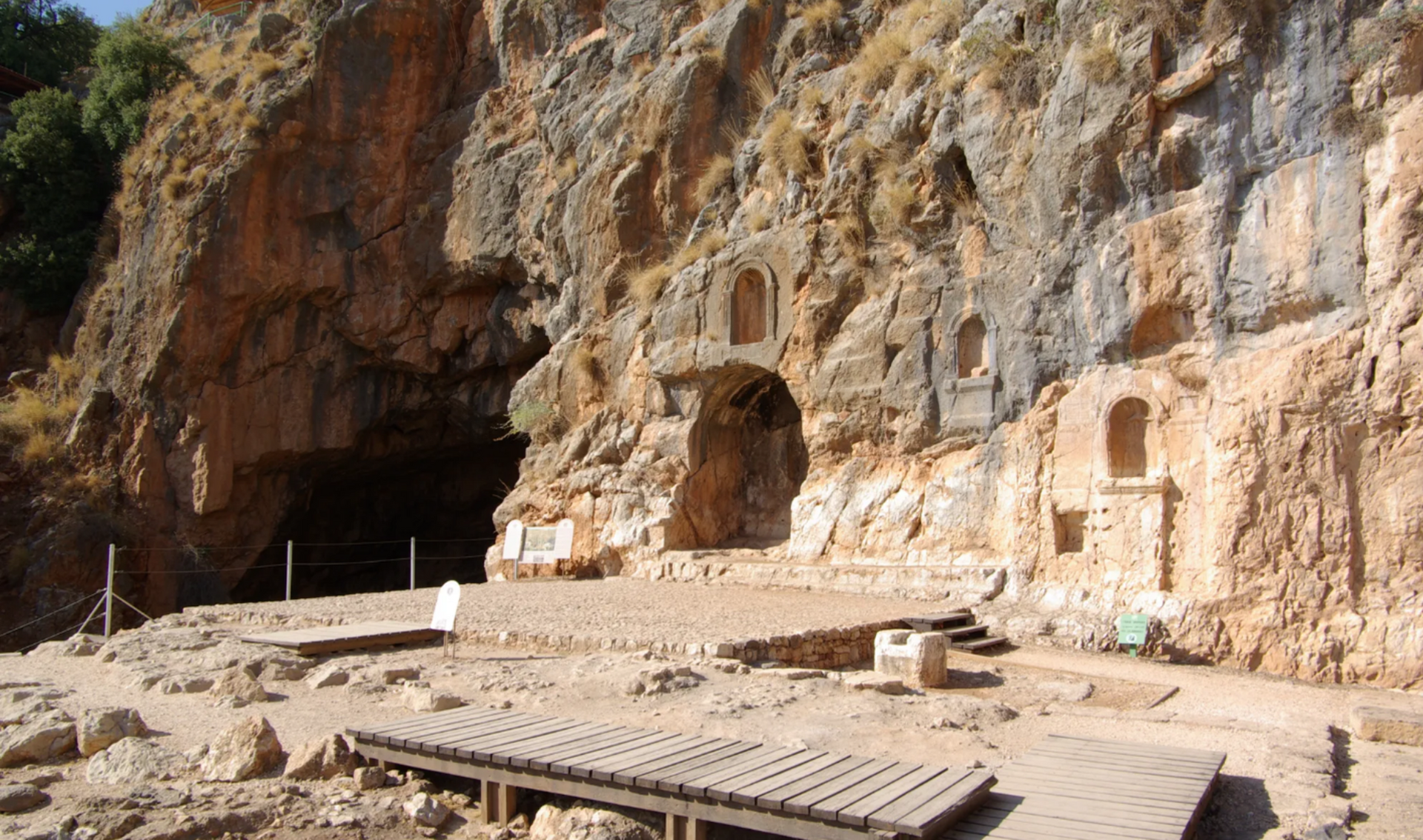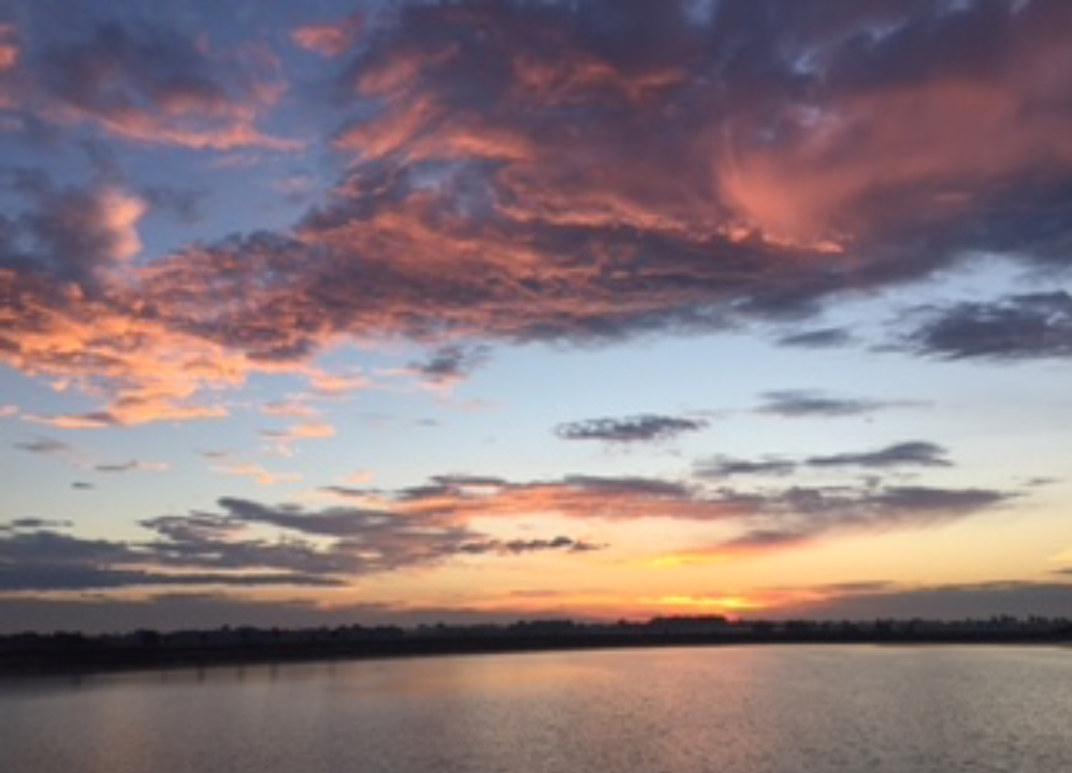
On a tour of Israel, we visited Caesarea Philippi at the headwaters of the Jordan River. The river weaves through a parklike setting of verdant grass and abundant trees in this arid land. The enormous cliff just across the river at the base of Mount Hermon creates a peaceful scene.
The cliff, with its sheer size and ominous presence, is a sight to behold. To the far left, looking across the river is a large black grotto. In ancient times, it was known as Baal Hermon and Baal Gad in the Old Testament. During Alexander the Great's time, the Greeks called it Panias for the Greek god Pan. Here, they believed this half-man-half-goat mythological creature had been born.
Niches were carved into the cliff wall, and statues dedicated to Pan and other graven images were housed there. In ancient times, the black grotto held long benches or altars for human sacrifice.
At the northernmost reach of Jesus' personal ministry, He asked the disciples, "Who do you say I am?" Simon Peter replied, "You are the Christ, the Son of the living God.” (Mt. 16:16) This significant event took place at Caesarea Philippi, a place with a rich history of pagan worship. God chose this place to reveal to Simon Peter that Jesus was the Messiah, a powerful contrast to the prevalent pagan beliefs.
As I approached the cliff face and came near the black grotto, I was engulfed by a palpable sense of evil. It was so intense that I retreated across the river and sat in the solitude of the park. There, I stared, mesmerized by the paradox of the evil across the river and the theological significance of the site.
Why here? Why did God the Father and God the Son reveal Jesus' real identity in this place of evil worship?
A local pastor and radio program host, Gino Geraci, said some theologians believe the black grotto is the gate to Hell. All I can testify is that the feeling and sense of evil I experienced was overwhelming.
After Simon Peter’s answer. “You are the Messiah, the Son of the living God.” Jesus told him, “…this was not revealed to you by flesh and blood, but by my Father in heaven. And I tell you that you are Peter, and on this rock, I will build my church, and the gates of Hell will not overcome it.”
Peter, the man who could not keep his eyes on Jesus and, sank into the Sea of Galilee. The man who will deny Jesus three times before the cock crowed. The man Jesus will restore on the shores of the Sea of Galilee and transform into the bold Apostle. He became so committed that when sentenced to be crucified for his faith, he asked to be crucified upside down. He stated that he didn't deserve to die like Jesus had.
Jesus Christ is the rock, the bedrock of the church. I first believed the word for Peter meant a sizeable imposing rock. The word Jesus used was petros, which means stone, not the word petras, which is a large rock. This distinction is significant as it highlights that Peter, and all believers, are like small stones used by God in His will. Jesus is the cornerstone that guides the construction of His church, a powerful metaphor for the unity and strength of the church.
Our guide pointed out this distinction. Warren Wiersbe refers to all who believe in Jesus Christ and confess Him as God and Savior as living stones. The gates of Hell will not overcome the church God is creating using stones like us. The evil one will not overcome our collective church. Jesus defeated him for all time on Calvary, and our faith stands as a testament to this victory!

